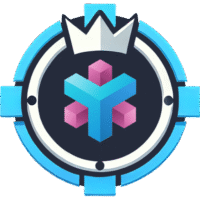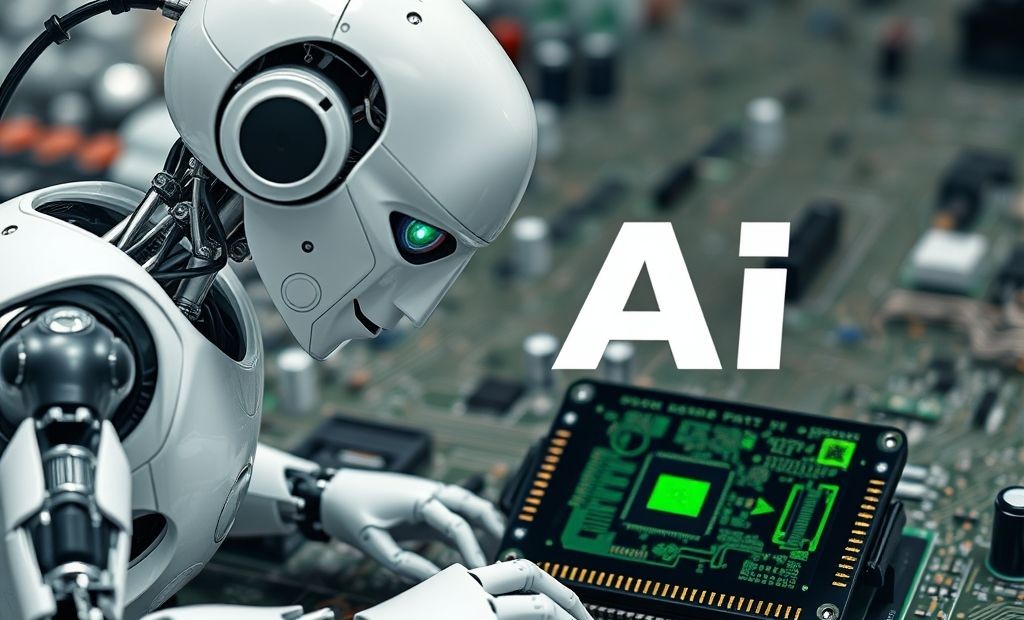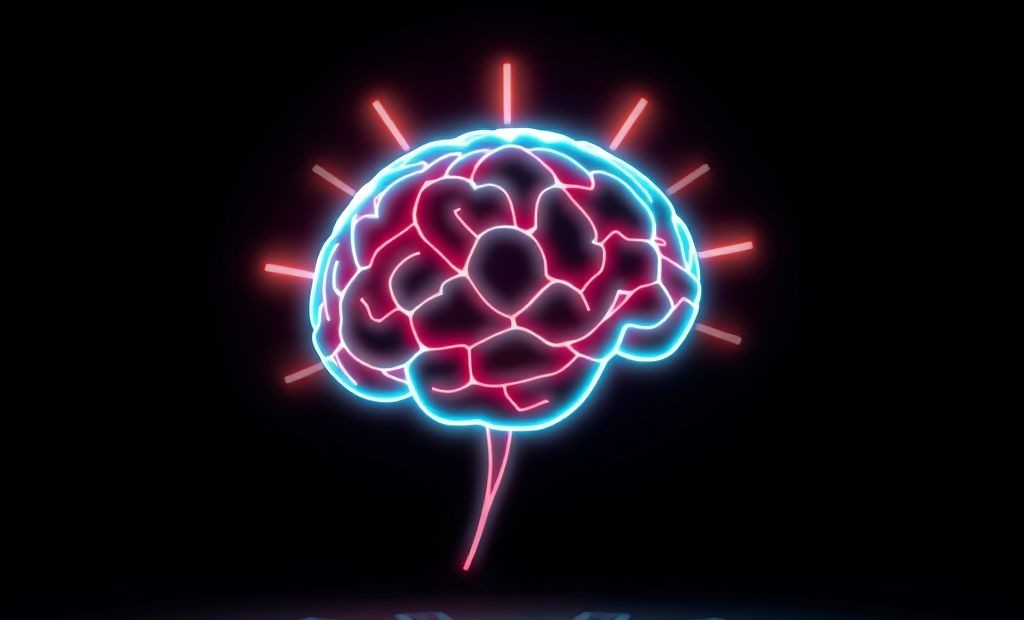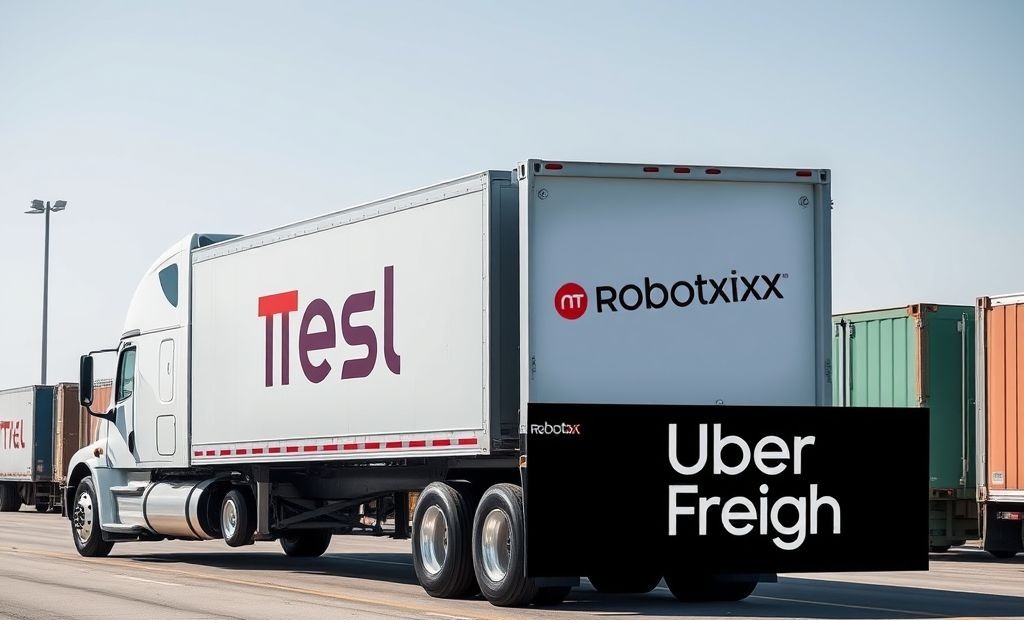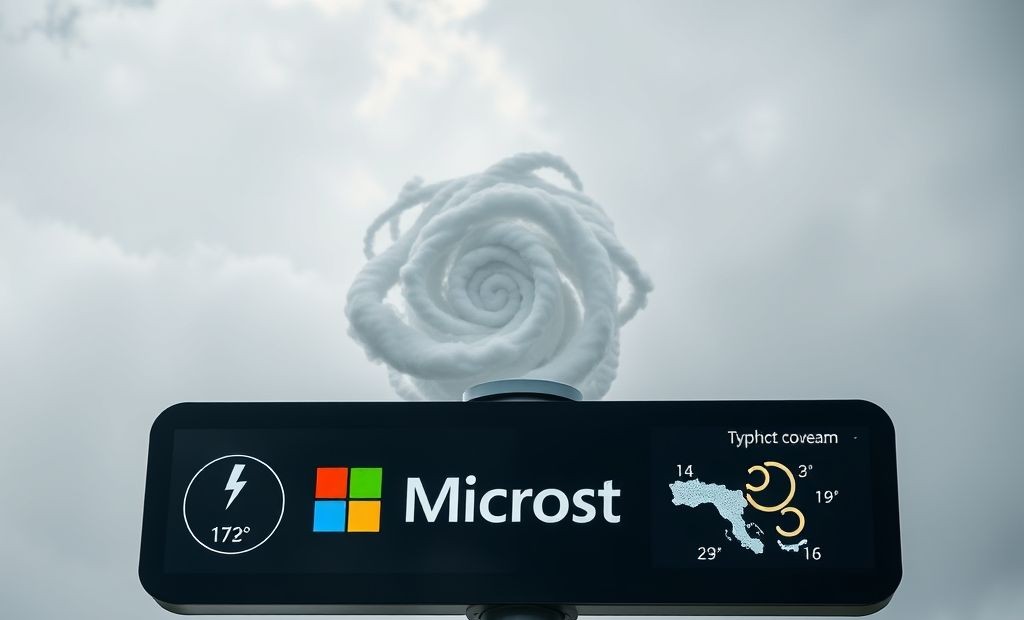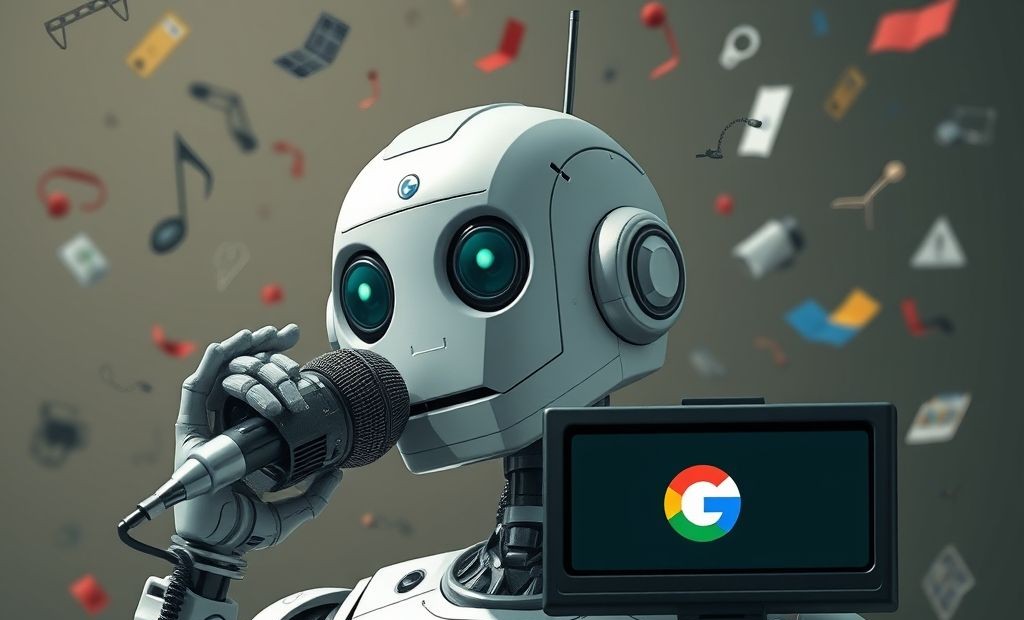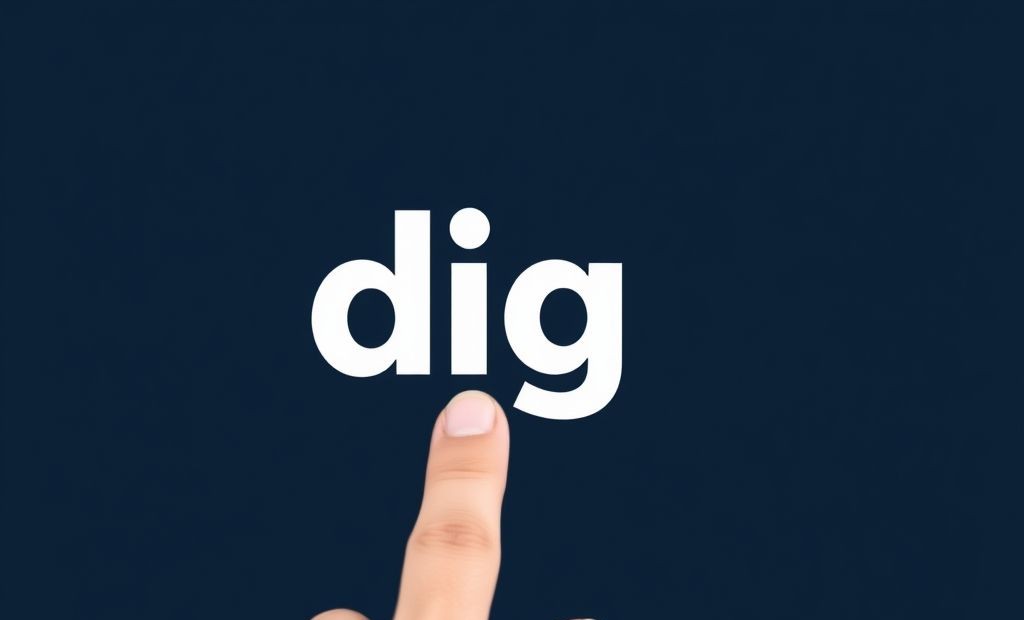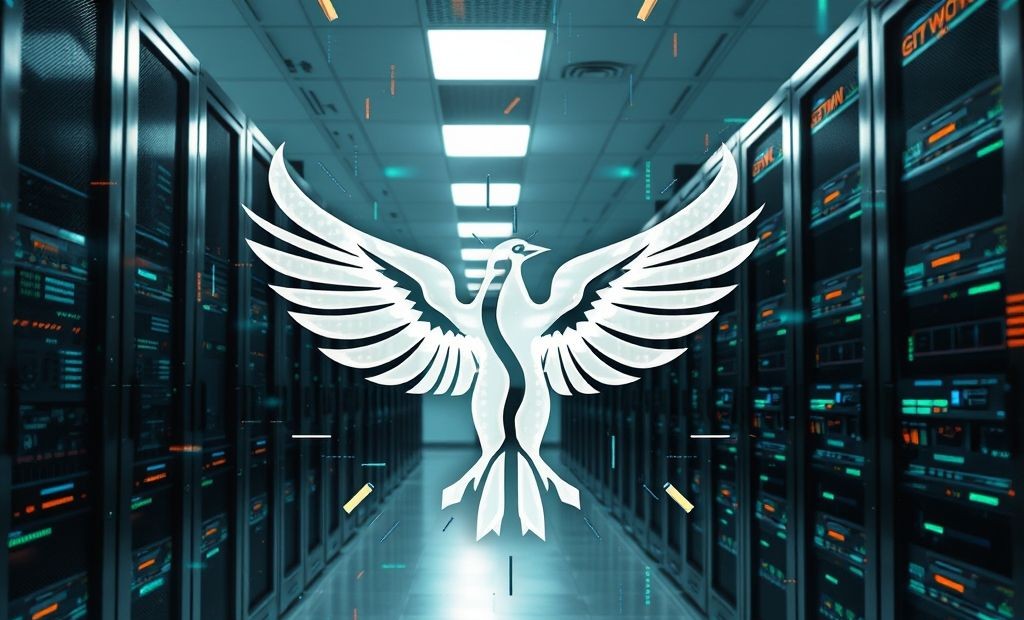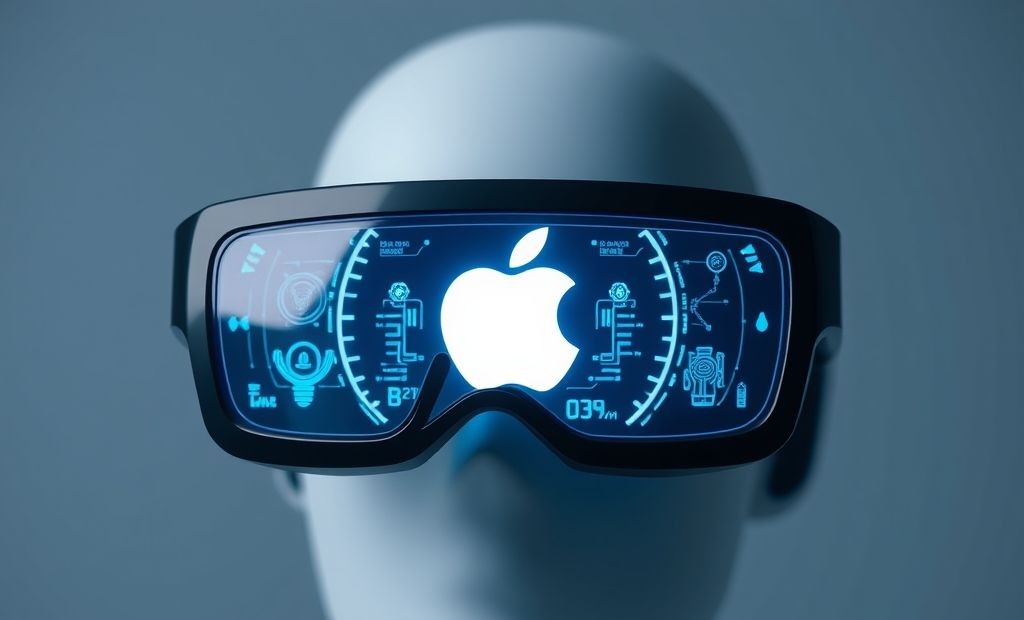What is Mistral AI? Exploring the OpenAI Competitor
The AI landscape is constantly evolving, and a new player has emerged to challenge the dominance of companies like OpenAI. That player is Mistral AI. But what exactly *is* Mistral AI, and what makes it a potential competitor?
Understanding Mistral AI
Mistral AI is a European startup focused on developing advanced AI models. Their aim is to provide innovative and efficient AI solutions to businesses and developers. Founded by researchers with strong backgrounds in AI, they bring fresh perspectives and approaches to the field.
Key Features and Technologies
Mistral AI distinguishes itself through several key attributes:
- Open-Source Approach: They’ve released some of their models under open-source licenses, promoting transparency and community contribution. This allows developers to use, modify, and distribute the software freely.
- Focus on Efficiency: Mistral AI aims to develop models that are not only powerful but also efficient in terms of computational resources. This efficiency makes their AI more accessible to a wider range of users.
- Cutting-Edge Research: The company invests heavily in research and development, exploring new techniques and architectures in AI to improve the performance and capabilities of their models.
Mistral AI vs. OpenAI: A Comparison
While OpenAI has established itself as a leader in the AI world, Mistral AI presents a different approach:
- Business Model: OpenAI has increasingly focused on commercializing its AI models through APIs and partnerships. Mistral AI balances commercial interests with a commitment to open-source development.
- Geographic Focus: Based in Europe, Mistral AI contributes to the growing AI ecosystem outside of the United States, fostering competition and innovation on a global scale.
- Community Engagement: With their open-source releases, Mistral AI encourages collaboration and contribution from the wider AI community, potentially leading to faster innovation and broader adoption.
The Impact on the AI Industry
Mistral AI’s entry into the AI market has several potential implications:
- Increased Competition: By offering competitive AI models, Mistral AI provides alternatives to the dominant players, driving innovation and potentially lowering costs.
- Open-Source Growth: Their commitment to open-source AI contributes to the growing availability of accessible and customizable AI technologies.
- Regional Development: As a European company, Mistral AI fosters the growth of AI expertise and capabilities within Europe, reducing reliance on other regions.
